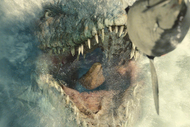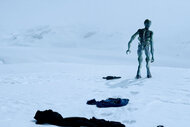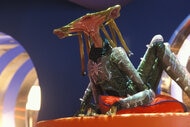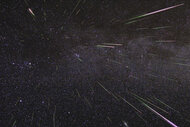Create a free profile to get unlimited access to exclusive videos, sweepstakes, and more!
The Earth is under no obligation to coddle us
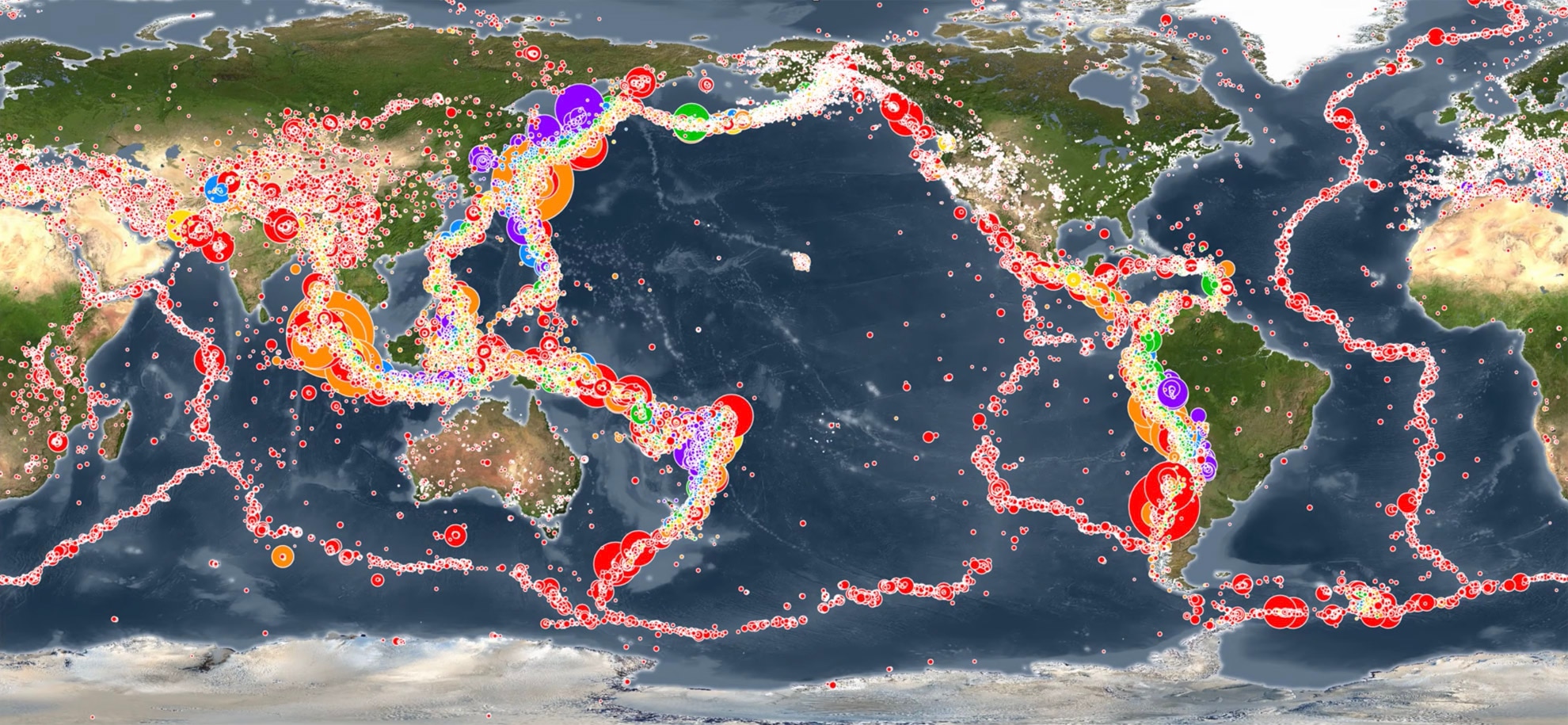
It’s very easy for some groups of humans to slip into a lazy way of thinking about our planet. They look around and think it was made for us, in some cases literally so. Air, water, land, resources to exploit … the Earth is ours for the taking.
Not everyone feels this way, of course, but enough do — and have enough power — to influence a great many other people.
Others know better. As a group, one of the more convincing viewpoints counter to this comes from scientists. When we look at the Earth carefully, understand it through the filter of trying to learn from what it’s showing us rather than simply taking from it what we want, we find out something very, very important: The Earth is under no obligation whatsoever to nurture us.
Quite the opposite, in fact. If you look at the planet another way, it seems like it’s constantly trying to kill us. An animation put out by the Pacific Tsunami Warning Center makes that very, very obvious: It shows every recorded earthquake from Jan. 1, 2000, to Dec. 31, 2015.
Yeah. The rate of the video is 30 days of earthquakes displayed per second. Each flash is an earthquake, with the magnitude of the quake displayed as a scaled circle (after a moment each quake fades and shrinks in size so it doesn’t obscure subsequent activity).
Watching the video, it almost seems like the Earth is alive. Of course, that’s another illusion, an anthropomorphistic filter our brains like to employ.
But it isn’t alive, and neither was it created for us, nor is it trying to kill us. It just exists as the laws of nature define. In fact, it is we who have over millions of generations of life adapted to it. And by no means has that been an easy task; the multiple mass extinctions life has undergone over the past several billion years are testament to that.
But this animation shows one thing very clearly: We take the Earth for granted at our peril. Small earthquakes can do heavy damage if we are not prepared, and large ones can spread that devastation over huge distances.
And we tamper with our planet at our own risk, as well. Run the video again (at 2X speed if that helps) and keep your eyes on Oklahoma, in the United States. You’ll see virtually no earthquakes there until 2008 or so. Then, suddenly, they bloom, dozens of them. Why? Because of wastewater from oil extraction injected into wells.
I won’t make any Frankensteinian parallels here, but it’s worth noting that when we tamper with the Earth, it sometimes tampers back. The environment is in a dynamic equilibrium, ever-changing but balanced. That balance can be upset, though, even by creatures as small as we. Off the top of my head, the fact that we dump 40 billion extra tons of carbon dioxide into the air every year means the Earth will respond in some way. Many ways, in fact, none of them good.
Perhaps Isaac Newton wasn’t thinking of this when he crafted his Third Law of Motion, but as we have seen over and again, our actions sometimes produce equal and opposite reactions. Sometimes unequal, with the effects far outstripping the causes, like climate change. But that does seem to be a lesson here; we do something because it seems helpful or useful, then find out what we’re doing is making things worse for ourselves.
Science has no moral for us; it is a tool, like a shovel or a hammer. Any tool can be used for good or for ill, and it’s up to us to decide which. But the beauty of science is that it can be used to help us make that decision a wise one.
Ignoring it, well, that would be foolish. But many fools love power, don’t they?
Of course, that power is in many cases given to them by us. That’s a decision we need to make more wisely as well.
Tip o’ the strike-slip fault to Kris McCall.

